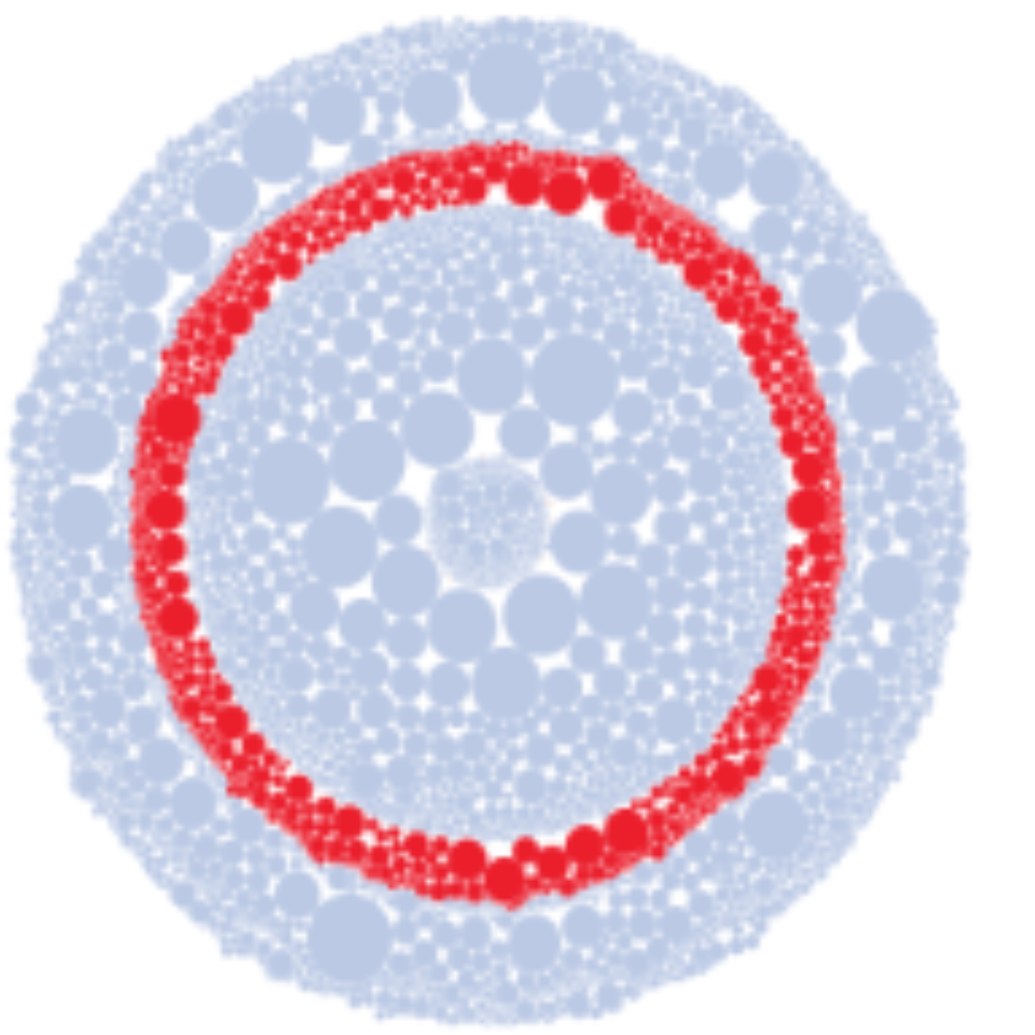Hi all, this is an older article from 2015 where I presented on the topic of data-driven decision making in Australian international higher education. It’s slightly out of date now, but I’ve published it for posterity’s sake. Originally published in October 2015.
***
Somewhat ironically, I went with my gut-feeling when I argued that most international divisions in higher education in Australia were not making best use of the massive amount of data that our universities and educators have on international student mobility at the 2015 Australian International Education Conference (AIEC) held in Adelaide last week.
Fortunately, no one called me out on that slight bit of hypocrisy. In my defence, I had done some qualitative research on how Australian higher education institutions in international education used business analytics. I had spent a good part of the last fortnight interviewing many business intelligence colleagues around the country, whose day-to-day involve stewing up porridge of statistics, trends and reports on international student movements and management, seeing what they thought about how institutions used their skills and abilities.
While it does seem that there are different levels of maturity of business intelligence support and skills, a general theme rang through all my conversations: that, by and large, international higher education in Australia uses its business intelligence resources for achieving operational results. That is, analytics professionals are used to run reports, publish statistics, create charts and visualisations, usually in a descriptive fashion. Essentially, these resources are devoted to answering ‘what has happened’ and ‘what is happening right now’ type questions.
Now, don’t get me wrong, these are very important questions for a university to answer when it comes to a globally competitive market like international education. But as we see in other very mature analytics industries, such as banking and finance, analytics is capable of being an extremely valuable tool for solving strategic problems.
There is an excellent book by Davenport and Harris called “Competing on Analytics: The New Science of Winning” that essentially argues that those organisations that are successful in certain markets where other competitors are failing are nearly certainly winning by basing their decisions using an analytical and data-driven approach to strategic problem-solving. “Good decisions usually have systematically assembled data and analysis behind them,” Davenport and Harris (2007: 9) argue.
The key is a change in mindset. Institutions and businesses should be thinking about what sources of data or information could be useful in solving business problems. They should be thinking about how they can leverage sources of private and public data to create efficiencies in their practice. Australian international higher education should be thinking about data as a method for answering question like “what will happen?” Such a mindset will inevitably lead to better outcomes for individual institutions, but also raise the bar when it comes to competing with overseas education powerhouses such as the United States, the UK, Canada, and up-and-coming educational hubs such as China.
Say you’ve got a problem with identifying new market opportunities. Your strategy calls for new methods of quickly locating and evaluating new geographical areas for potential international students. Analytics can help. You could ask your BI professional to investigate your data set for key variables that may influence enrolment outcomes. You could segment or break up your data to check where you’ve had a lot of success in the past and use that information to apply it to candidate markets. Really – the devil is in the data.
What I’m trying to say here is that data-driven decision making mindset has a lot to offer international education in terms of driving strategy. You’re not making best use of your resources should you simply rely on analytics to fulfil only operational objectives.
If you’re in a jam when it comes to marking a strategic decision, perhaps give your analytics department a ring (assuming you have one – if not, really you should be seriously looking at that issue!). It might be the best decision you’ve ever made!
[1] Davenport, T. Harris, J (2007), “Competing on Analytics”, Harvard Business School Press, Boston, MA.

Leave a Reply
You must be logged in to post a comment.